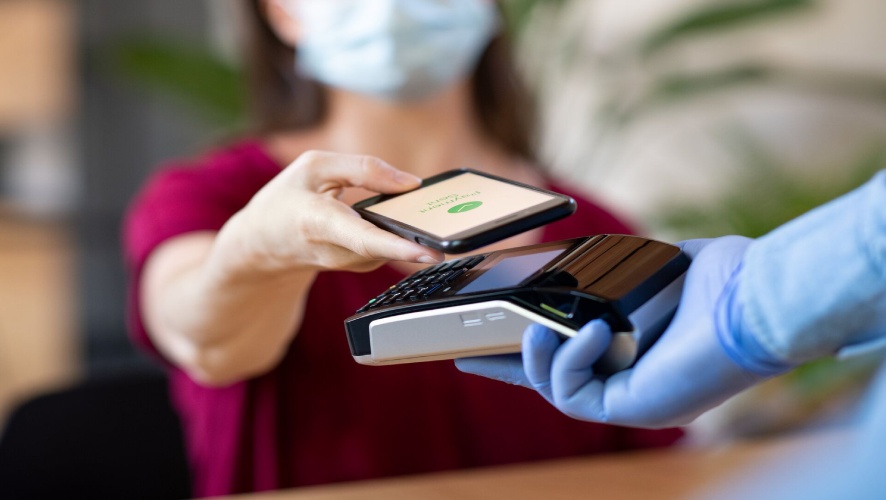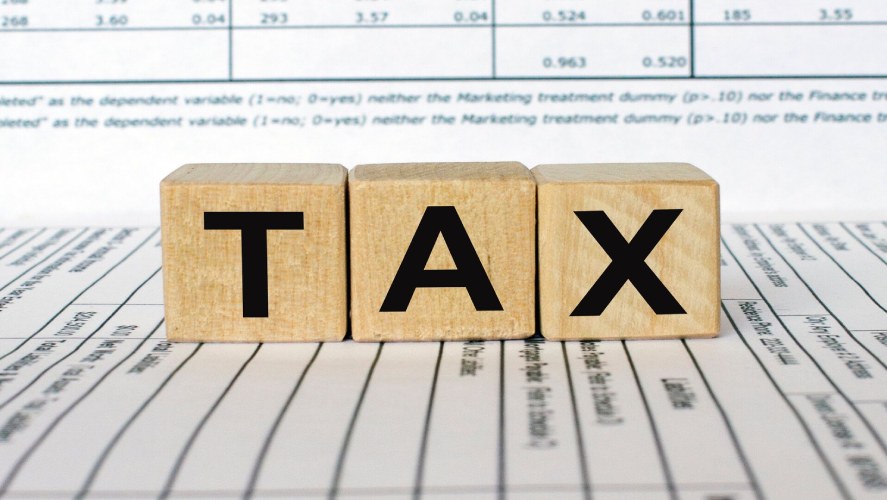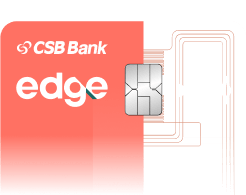What is Dynamic Asset Allocation Fund (Balanced Advantage Mutual Fund)?
September 9, 2024Personal Finance: Guide for Beginners and Experienced Adults
September 11, 2024Table of Contents
ToggleTechnological developments constantly change the way we live. Over the last couple of decades, financial transactions have seen a significant rise. In the 1960s, magnetic stripe cards made it simple for users to use plastic cards. Over the next 40 years, different types of cards with various offers and discounts came into existence.
Such transactions were around since the 90s but were not so popular. During the 2000s, digital payments came into being and Internet banking, Real-time Gross Settlement (RTGS), and National Electronic Funds Transfer (NEFT) gained popularity among businesses and individuals.
Latest financial technologies have once again modified the payment landscape. Today, mobile banking, Point-of-Sale (POS) terminals, and QR codes are some of the best payment mechanisms that have made transactions easier.
What Is Contactless Payment?
Contactless payments indicate secure methods allowing customers to purchase goods and services using smart cards, debit or credit cards, or other payment devices. These devices use near-field communication (NFC) and radio frequency identification (RFID) technologies.
The payment is made by tapping the card or other device near the POS terminal, which is enabled with the necessary technology. Some financial institutions and retailers refer to such payments as tap-and-go transactions. This is also known as tap-to-pay systems.
History of Contactless Payments
Such payments have been available since the 1900s but were used only by a limited number of retailers and merchants.
Over the decades, these have gained acceptance globally, and now merchants, banks, retailers, and credit card companies accept such payments.
The transport authority of South Korea launched one of the world’s finest contactless transaction systems in 1995. Known as the UPass, it allowed riders to easily and quickly pay for bus trips using a contactless system.
Thereafter, Mobil came up with Speedpass in 1997, which allowed customers to pay for fuel using a special fob loaded with cash at several participating gas stations. In the United Kingdom, such transactions gained popularity when the transport agency in London implemented the prepaid Oyster Card system allowing users to travel on the Underground using these cards.
In 2014, the agency began offering travellers the option of using contactless cards on the transit system.
In India, such payments were gradually gaining acceptance when the global pandemic in 2020 brought a surge in these transactions. As per the data from the National Payments Corporation of India (NPCI), over 2.5 billion transactions amounting to more than INR 4.90 lakh crores were executed in May 2021 by Unified Payments Interface (UPI) users.
Moreover, Immediate Payment Service (IMPS) processed approximately 28 crores transactions aggregating to INR 2.66 lakh crores in May 2021.
How do Contactless Payments Work?
The cards and authorised mobile devices are embedded with an RFID-enabled microchip, antenna, and transponder. To complete the payment, the customer needs to be close to the vendors’ readers.
The shopper’s payment card is tokenised and the information is passed on to the appropriate card network.
The two components—the POS terminal or the reader and the customer’s payment device—have to be close to each other for a successful transaction. The radio waves from the NFC chip establish a connection and encrypted data is exchanged to complete the payment quickly and securely.
The card or an authorised device enabled with the NFC technology can be used near the reader (usually 10 centimeters or lesser) to execute the transaction.
Every time a user uses the card or an authorised device to make a no-contact payment, new verification values are generated. As a new code is generated for every no-contact transaction, cloning the details and making unauthorised purchases is difficult. A card reader can establish a connection with a contactless card within 0.5 seconds.
Advantages of Contactless Payment
Quick
Contactless credit cards and other such types of no-contact payments can be completed within 15 seconds and are quicker than regular cards. Transactions are executed faster as there is lesser cash handling and processing, which improves turnover and reduces queues.
Merchants can also cut down the number of employees behind the tills as these transactions do not require a personal identification number (PIN) and payments are done by simply tapping the card over the reader.
The personnel can be moved to other floors for providing an enhanced shopping experience and customer servicing.
Effortless
Such transactions are not limited to only card payments. The NFC technology in contactless readers allows customers to execute transactions via their phones or other connected accessories like rings and watches.
Customers can also pay without removing their global contactless debit card or credit card from the wallet, which makes the process more effortless.
Secure
These types of cards have in-built protection mechanisms that ensure transactions are not executed more than once.
Additionally, if the payments are intercepted, the numbers and details linked to the card cannot be decrypted as every transaction uses unique numbers that are not correlated to the card.
Enhanced customer experience
As these transactions are faster, effortless, and secure, merchants can increase their throughputs, and abandoned sales are also reduced since average transaction values (ATV) are higher when buyers are not limited with the amount.
Most of these payments do not require verification and reduce the time spent by buyers at the till, thus improving their experience.
Brand positioning and higher revenues
Banks are able to enhance their customers’ experiences and also offer value-added services, which can help differentiate their services from their competitors.
With the launch of contactless smart cards like metal cards, banks can target their premium, VIP clients.
Disadvantages of Contactless Payments
- There is limited use as several merchants and shop owners are not aware of the new technology. Moreover, some find such transactions risky.
- Only customers who install the electronic payment app can use their devices to make such payments.
- If users lose their cards, any miscreant can use the card as such transactions generally do not require PIN verification or signature on the receipt.
- Risk of malware or spyware attacks on user devices as hackers may use advanced software for hacking the information
About Contactless Payment Card
Contactless debit cards and credit cards are enabled with NFC technology. This allows users to pay for goods and services by simply tapping or waving their cards above the reader to complete the transaction.
Different Types of Contactless Payments
Such payments are offered by banks and non-banking financial institutions. One such example is the RuPay Contactless card.
Several other companies also offer their versions of such payments, which include the following.
Apple Pay
Most Apple devices include the Apple Wallet app, which allows users to store their debit and credit card information on their devices. It also allows them to pay for online purchases via different apps.
Using Apple Pay also enables users to send money to others via the text messaging system.
Samsung Pay
The company offers a digital wallet, which allows users to store their card details for making payments at merchants’ terminals. Samsung Pay also offers cashback and other rewards when users make purchases with their smartphones.
Users can click a picture of their cards or the barcode and tap to complete payments.
Google Pay
Users can pay at participating physical and online stores via the Google Pay app. Instead of using the card number, Google shares an encrypted number related to the users’ cards with the retailers.
Google Pay also allows fund transfers via an email address or phone number.
How Secure Contactless Payments Are?
These types of no-contact payments are secure because they generate a unique code for every transaction. The standard encryption technology used for identifying each payment makes it difficult for hackers to use the information for other fraudulent transactions.
The data is shared over radio waves and not via the chip on the card or the magnetic strip. Users have control over the transactions as they do not need to share information or give their cards to the merchants for swiping at the counters.
Examples of Contactless Payments
Several cities like Kochi have implemented the Automated Fare Collection (AFC) System, which allows commuters to zip through the gates by scanning the QR code or tapping the pre-loaded card.
FASTag payments via RFID technology are another example of no-contact payments, which allow travellers to pay the toll on various national highways across the country.
This system has almost eliminated human intervention, thus making toll payments quick and hassle-free.
Author
-
 Priynka Rao: Author
Priynka Rao: AuthorPriyanka Rao is a content strategist for Jupiter.Money, and specializes in writing on topics related to finance, banking, budgeting, salary & wages, and other financial matters. She has a passion for creating engaging content that resonates with audiences across various digital platforms. In her free time, Priyanka enjoys traveling and reading, which allows her to gain new perspectives and inspiration for her work. With a keen eye for detail and a creative mindset, Priyanka is committed to creating content that connects well with her readers, enhancing their digital experiences.
View all posts






